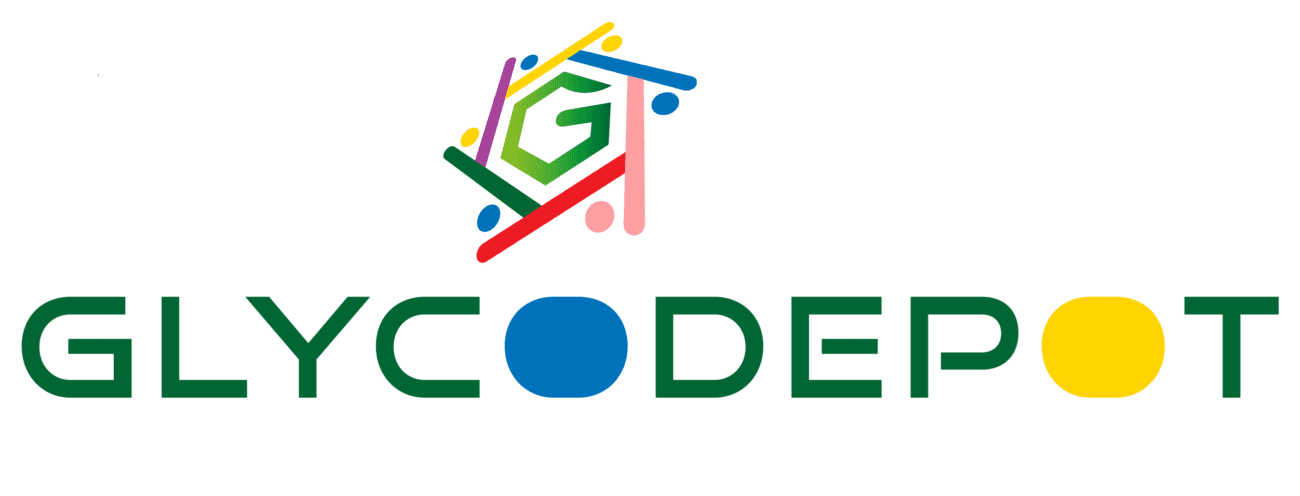1,3,4-Tri-O-acetyl-2-deoxy-2-fluoro-L-fucose is a chemically synthesized analog of the natural sugar L-fucose. In this compound, fluorine replaces the hydroxyl group at position 2, while hydroxyl groups at positions 1, 3, and 4 are protected by acetylation. This modification makes it a valuable intermediate in the synthesis of fluorinated glycomimetics and glycosylated compounds utilized extensively in medicinal chemistry, carbohydrate research, and chemical biology. The fluorine atom influences the compound’s reactivity, metabolic stability, and interaction with enzymes and proteins involved in glycosylation. The acetyl groups provide synthetic flexibility, aiding solubility and stability during chemical reactions. As a white crystalline solid, it is supplied with high purity and a certificate of analysis, suitable for applications in drug discovery, PET imaging tracer development, and biochemical studies probing enzyme specificity and carbohydrate-protein interactions.
IUPAC Name
- (2S,3R,4R,5S,6R)-2-fluoro-1,3,4-triacetyloxy-5-methylhexopyranose
Appearance
- White crystalline powder
Source
- Produced synthetically through selective fluorination of 2-deoxy-L-fucose followed by acetylation
Molecular Weight and Structure
- Molecular Formula: C12H17FO8
- Molecular Weight: Approximately 326.25 g/mol
- Structure: L-fucose modified in pyranose form with acetyl protections and fluorine at the C2 position replacing the hydroxyl group
- SMILES: CC(=O)OC[C@@H]1OC@@HC@HC@H[C@H]1OC(C)=O
Sugar Specificity
- L-fucose analog with fluorine substitution at the 2-position and acetyl protections
- Functional in biochemical models studying fucosylation and glycan-protein recognition
Biological Activity
- Acts as an inhibitor and probe of fucosylation enzymes due to fluorine affecting enzymatic interaction
- Supports development of glycomimetic therapeutics and diagnostic agents
- Used in mechanistic enzymology and molecular imaging research
Purity and Microbial Contamination
- Supplied with ≥97% purity confirmed by spectral (NMR) and chromatographic analyses
- Produced under sterile chemical synthesis conditions ensuring low microbial contamination
Identity and Quality Control
- Verified by NMR spectroscopy, mass spectrometry, and HPLC purity profiles
- Certificate of Analysis and safety data sheets provided
- Characteristic melting point and optical rotation confirming molecular integrity
Shelf Life and Storage
- Recommended storage at 2 to 8 °C in sealed containers
- Stable for at least 1 to 2 years under recommended storage conditions
- Protect from moisture, light, and heat to avoid degradation
Application
- Used as a key intermediate in synthetic carbohydrate chemistry for fluorinated glycomimetics
- Facilitates the synthesis of glycoside-based drugs and PET imaging agents
- Model compound for studying fucosylation pathways and enzyme specificity
- Supports research into immunomodulation, microbial adhesion, and glycan recognition
Key Characteristics
- Tri-O-acetylated, 2-fluoro-modified L-fucose
- CAS number: 27359-91-1
- Molecular weight approximately 326.25 g/mol
- White crystalline solid, high purity (≥97%)
- Stable under refrigerated storage
- Suitable for use in synthetic, biochemical, pharmaceutical research
- Thorough analytical characterization, COA provided
- Valuable glycoscience tool for synthetic and biological investigations
Citations
- Synthose 1,3,4-Tri-O-acetyl-2-deoxy-2-fluoro-L-fucose
- CymitQuimica chemical product data
- ChemicalBook CAS & molecular info
- PubChem related fluorosugars
- Sigma-Aldrich fluorinated sugar derivatives
- MedChemExpress glycomimetics research
- ScienceDirect fluorosugar bioapplications
- PMC enzymology fluorosugar studies
- Patent literature on fluorinated sugar synthesis
- Glentham fluorinated carbohydrate catalog

Reviews
There are no reviews yet.